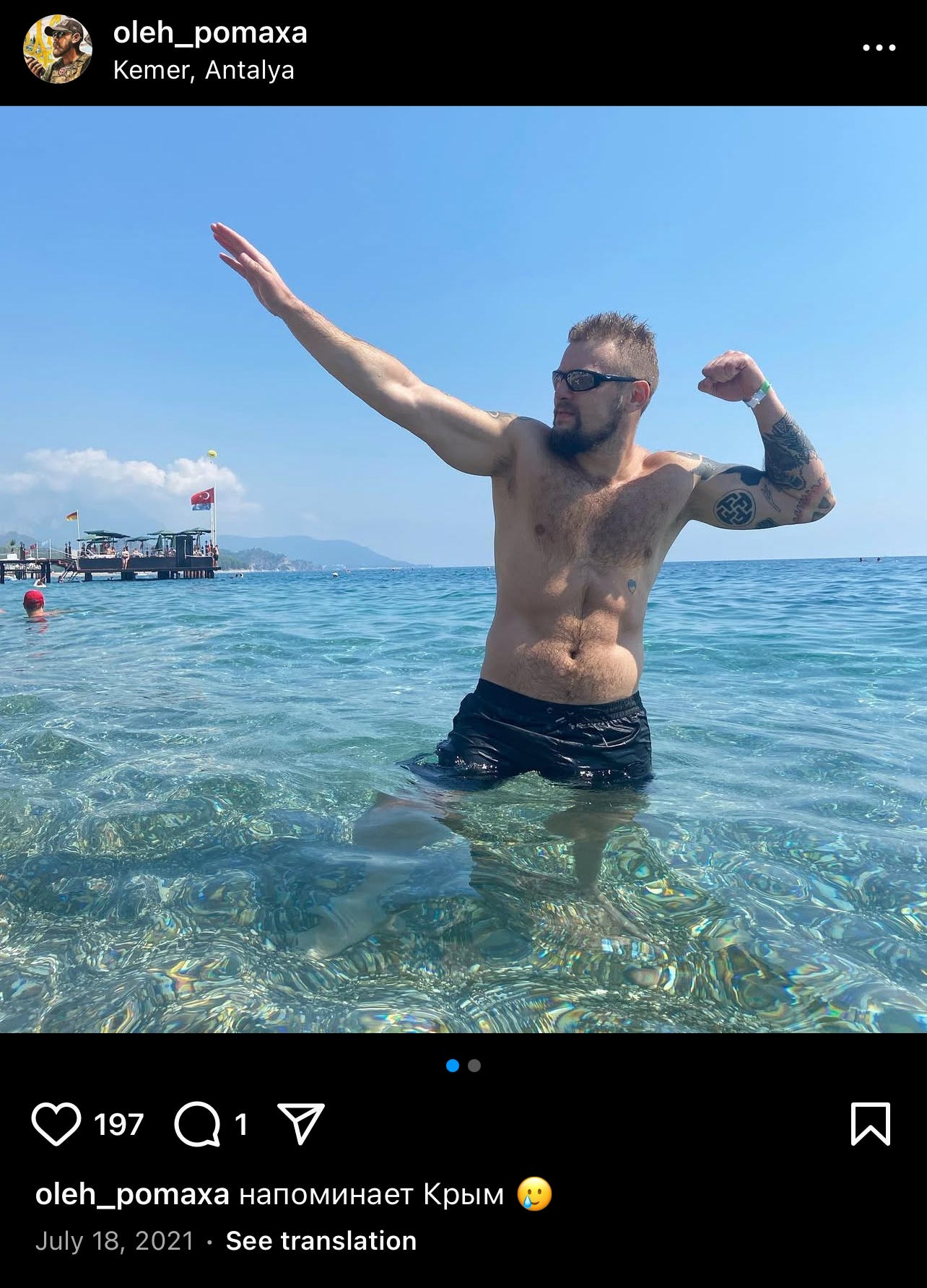The West Undermines Peace in Ukraine
France, Germany, the United Kingdom, and the United States have gave Ukraine permission to escalate war with Russia.
Four NATO countries, France, Germany, the United Kingdom, and the United States, have now permitted Ukraine to escalate the war with Russia. At the WDR Europaforum on Monday, German Chancellor Friedrich Merz informed the world that, along with Germany, France, the United Kingdom, and the United States, have lifted range restrictions on missiles sent to Ukraine. There has been an increase in sentiments among NATO members and Ukraine to 'Bring the war to Russia.' Specifically, allow Ukraine to hit targets inside Russia. Despite talks of ceasefire negotiations, no agreement has been made. Turkey, a NATO member, has become the designated third-party state facilitating discussions between the two countries since March 2022. However, renewed negotiations this month led to the prisoner exchange of 1,000 people.
This is not the first time NATO has escalated the conflict in Ukraine through arms and military deals. Following the collapse of the Soviet Union and Ukraine's independence, its military underwent a significant reduction in size. At the time, Ukraine was the 6th largest nuclear power in the world. In 1990, the Verkhovna Rada (Ukraine's Parliament or Congress) approved a declaration of nuclear non-proliferation, and the country began exporting its nuclear weapons to the new Russian Federation. In the following year, the Verkhovna Rada created the Armed Forces of Ukraine as a state institution. Then, in 1992, Verkhovna Rada ratified the Treaty on Conventional Armed Forces in Europe (CFE), a document created during the end of the Cold War to limit military equipment and excessive weaponry between NATO and former Soviet states under the Warsaw Pact. As a result of signing this treaty, the number of Ukrainian tanks dropped from 9,000 to 5,300, and the country was obligated to get rid of 477 combat aircraft. By 1996, there was not a single nuclear weapon in Ukraine, and between 2005 and 2014, nearly $3 billion worth of military equipment was sold. As for personnel, that, too, saw a major reduction. At the time of its creation, the Armed Forces of Ukraine had nearly 1 million personnel, comprising both military personnel and civilian workers. However, in 1993, the government sought to reduce and "optimize" the institution. At its peak, there were 800,000 military personnel, and by 2005, that number had decreased to 245,000. By the end of 2013, there would be a whopping 120,000 soldiers, and conscription had been canceled.
However, it was the following year that the country's political terrain would take a sudden turn. On February 21, 2014, with the help of non-government grassroots organizations funded by the NED and USAID, the United States staged a color revolution in Ukraine to remove democratically elected Victor Yanukovych from office. Months before the coup, Yanukovych rejected the terms of the European Union Association Agreement in favor of a $15 billion deal with the Russian Federation. Western outlets attempted to portray the EU's Agreement as a straightforward trade deal, but that was not the case. The EU deal also came with a potential IMF loan, which had conditions that the Ukrainian government rightfully found unacceptable. Two conditions of the IMF loan required the country to increase the price of gas for its citizens and cut social and welfare programs by slashing the national budget. Conditions that would have further exacerbated the plight of workers already facing economic uncertainty. The terms of the European Union Association Agreement would also have required Ukraine to integrate its military with Europe and dictate with whom the country can trade. Within the Agreement, signers would have to establish barriers to trading with Russia.
Yanukovych rejected the EU's proposed Agreement. After months of protest, Yanukovych and his political opponents formed a unity government and signed a deal brokered between Russia and the EU. The deal would have put an end to the violence and prepared for a political transition by holding an early presidential election, which was scheduled for December 2014. On the same day the deal was signed, a demonstration to address their grievances about the rejected EU deal was led by neo-Nazis, the bourgeois and petit, and the NGO sector. The new deal that would put an end to violence in the country's eastern front and give voters the opportunity to elect a new president by the end of the year did not matter to the reactionary forces on the ground. In the morning, protestors would arrive in Kviv's Independence (Maidan) Square, and by the end of the day, Yanukovych would flee the country.
In regards to the newly signed deal, Poland's foreign minister, Radoslaw Sikorski, is quoted as telling protest leaders, "If you don't support this, you'll have martial law, you'll have the army. You will all be dead." Sikorski's words would ring true three years into this war and president Zelenskyy declaring martial law and thousands of Ukrainians now dead.
Following the U.S.-backed events of Maidan, a new government was formed, and it included neo-Nazis. At least five members of the Svoboda party acquired senior roles in the unelected government. Svoboda is a neo-Nazi political party in Ukraine that attended the neo-fascist conference last summer along with organizational partners the Azov Battalion and Germany's Der III. Weg (The Third Way).
However, it is no accident that since 2014, Ukraine has been rapidly arming up. By the end of the year, through military reform, the Armed Forces grew to 204,000 military personnel. According to the Foreign Policy Research Institute, a think tank based in Philadelphia, Pennsylvania, within three years of reform from 2015 to 2018, the Armed Forces of Ukraine would reach their highest war capabilities since 1991.
You can see the stark difference in gear, weapons, and uniform of the Ukrainian army in the pictures below. In just eight years, NATO, and particularly the United States, transformed Ukraine's military.
Ukrainian army in 2014
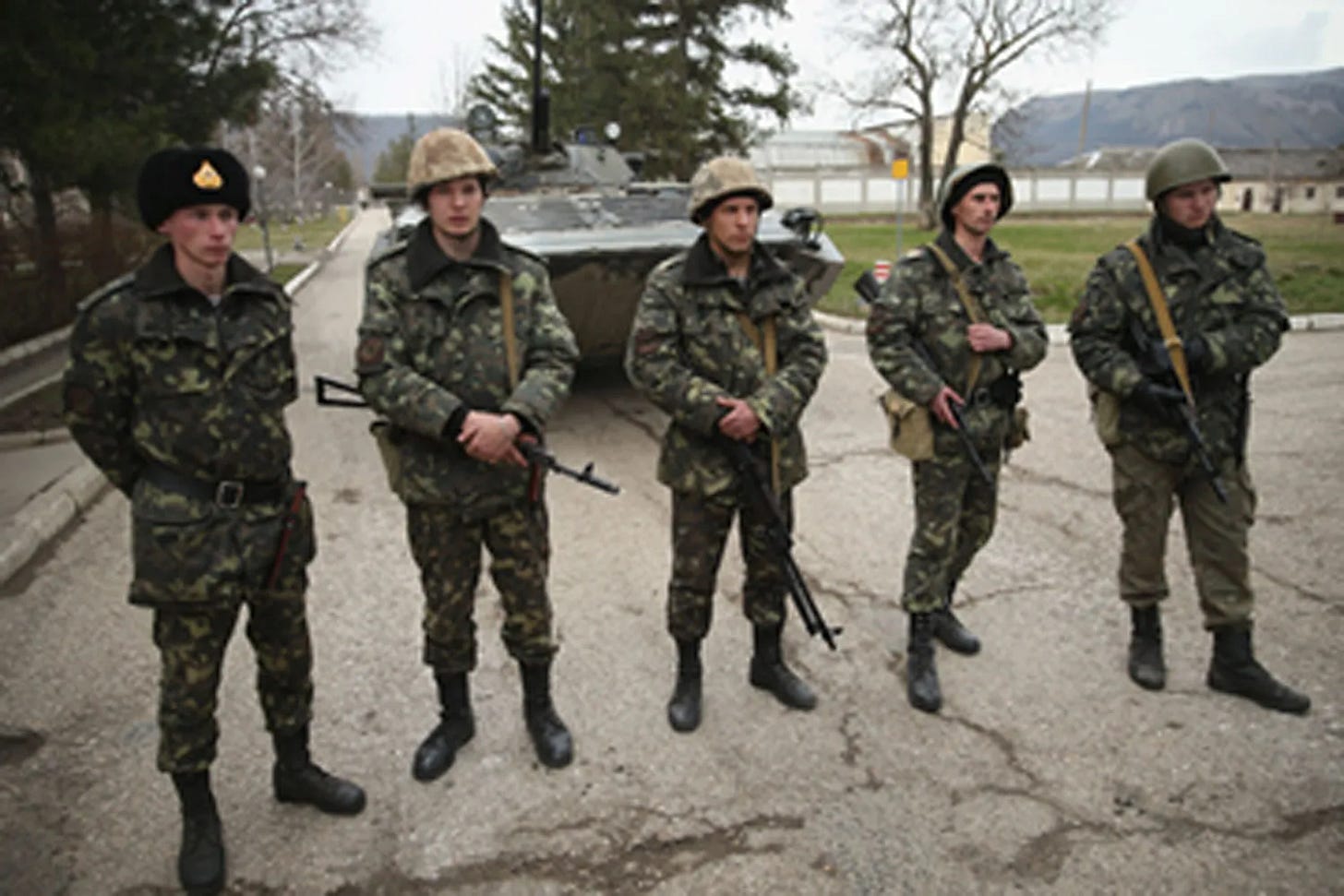
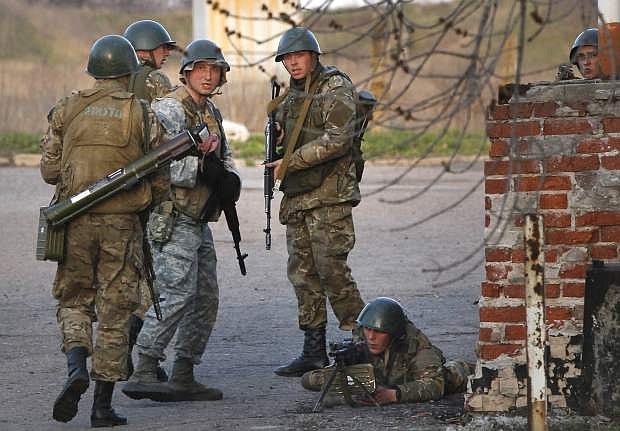
Ukrainian army in 2022
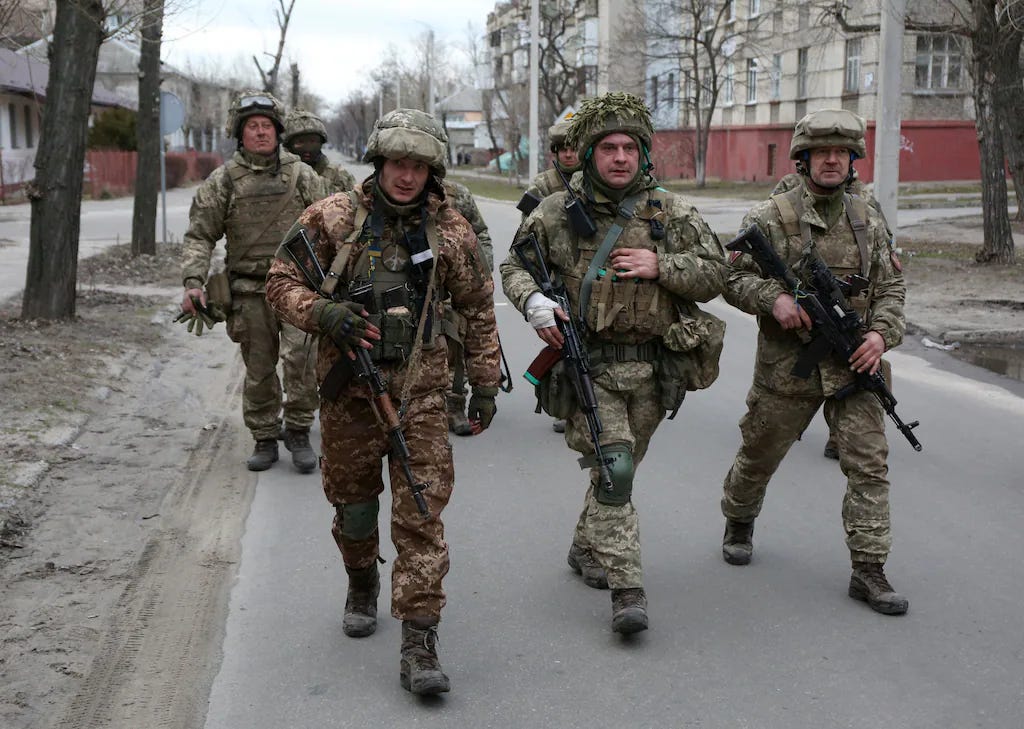
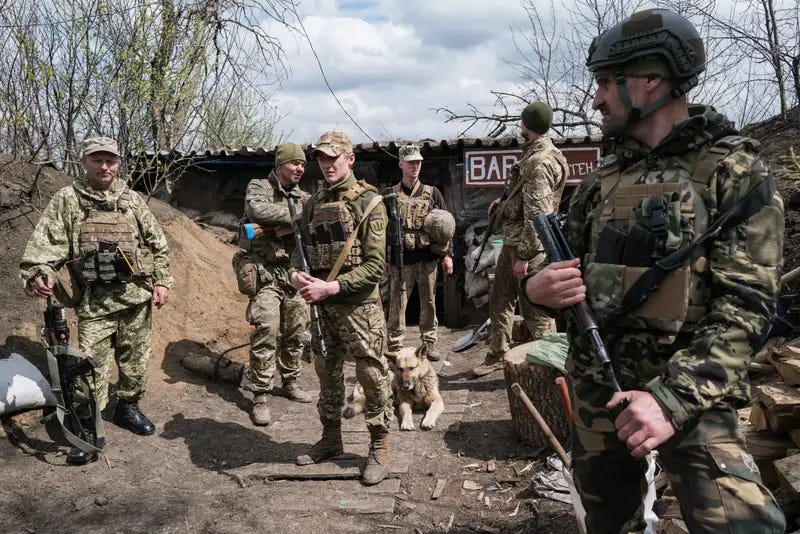
The stark difference in Ukraine’s military in eight years highlights the blueprint following U.S. imperialist intervention. Rapid militarization is a rite of passage for new client states of the U.S. Through rapid militarization, the U.S. prepares the new client’s military to wage wars of imperialism on America’s behalf. In Ukraine’s case, it was for monopolizing America’s LNG industry and controlling Ukrainian minerals. By extending the war, the United States can maintain control over Europe’s energy through LNG exports and leverage its domination of Ukrainian minerals.
Ukraine’s future hangs in the balance as the United States and allies intensifies the war and strengthens a neo-Nazi movement. NATO is accelerating the war with Russia by lifting range limits on missiles, but their continued material support of a neo-Nazi movement threatens global peace. The CIA has likely been training Azov Battalion neo-Nazis since 2015, according to five former intelligence agents. Under the program, Ukrainian paramilitaries had “training in firearms, camouflage techniques, land navigation, tactics like “cover and move,” intelligence and other areas, according to former officials.” In the same year, Congress removed an amendment banning the funding of neo-nazi groups in the end-of-the-year spending bill after pressure from the Pentagon. A January 2018 report from the war-mongering Atlantic Council confirmed that U.S.-made weapons are in the hands of neo-Nazis.
The United States is not the only country to assist in training or arming neo-Nazis in Ukraine. France, Germany, and the United Kingdom have also played a role in supporting white supremacists in Ukraine. During the 80th Anniversary of the end of WWII, when the country was celebrating the defeat of Nazi Germany, German general Christian Freuding met with neo-Nazi battalion commander Oleh Romanov. Romanov has a swastika tattoo and it is displayed publicly on his personal Instagram.
The relationship between the pinnacles of ‘western democracy’ and neo-Nazis in Ukraine continues to deepen. Recent accelerationist efforts taken by France, Germany, the United Kingdom, and the United States should not be taken lightly either. Western states are pushing the world towards a global and internal conflict they are unprepared for.




